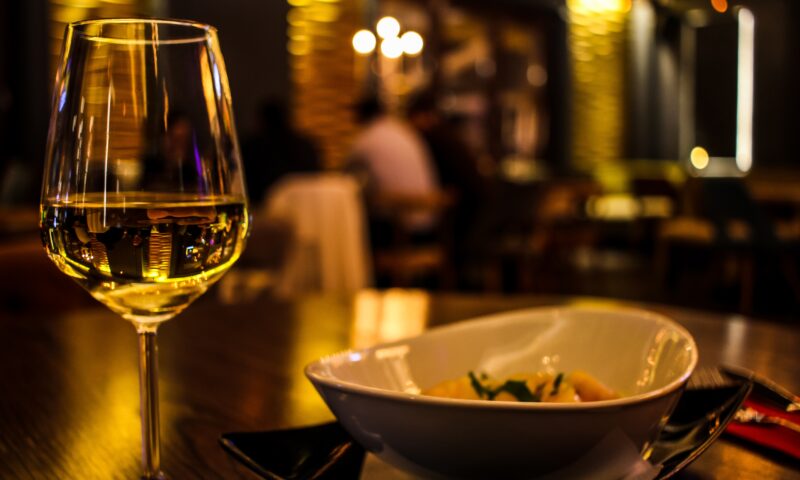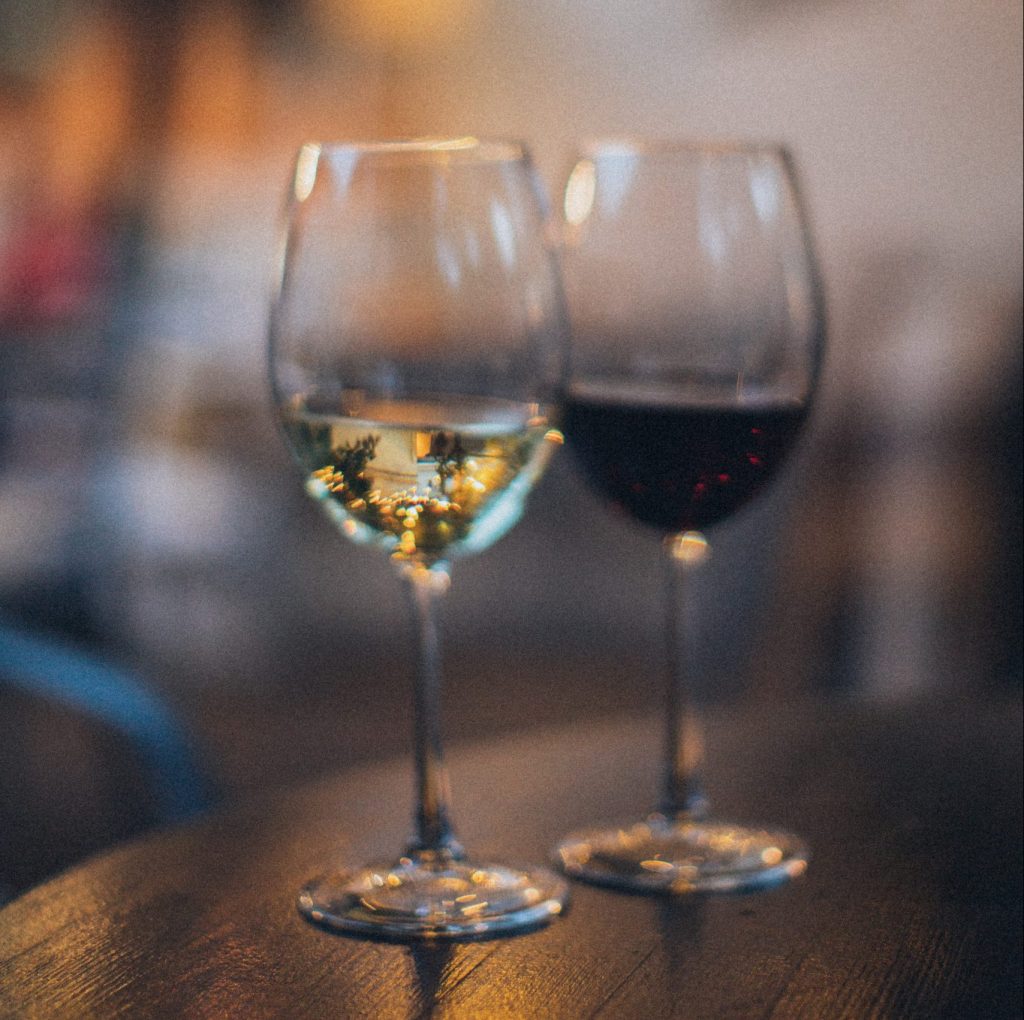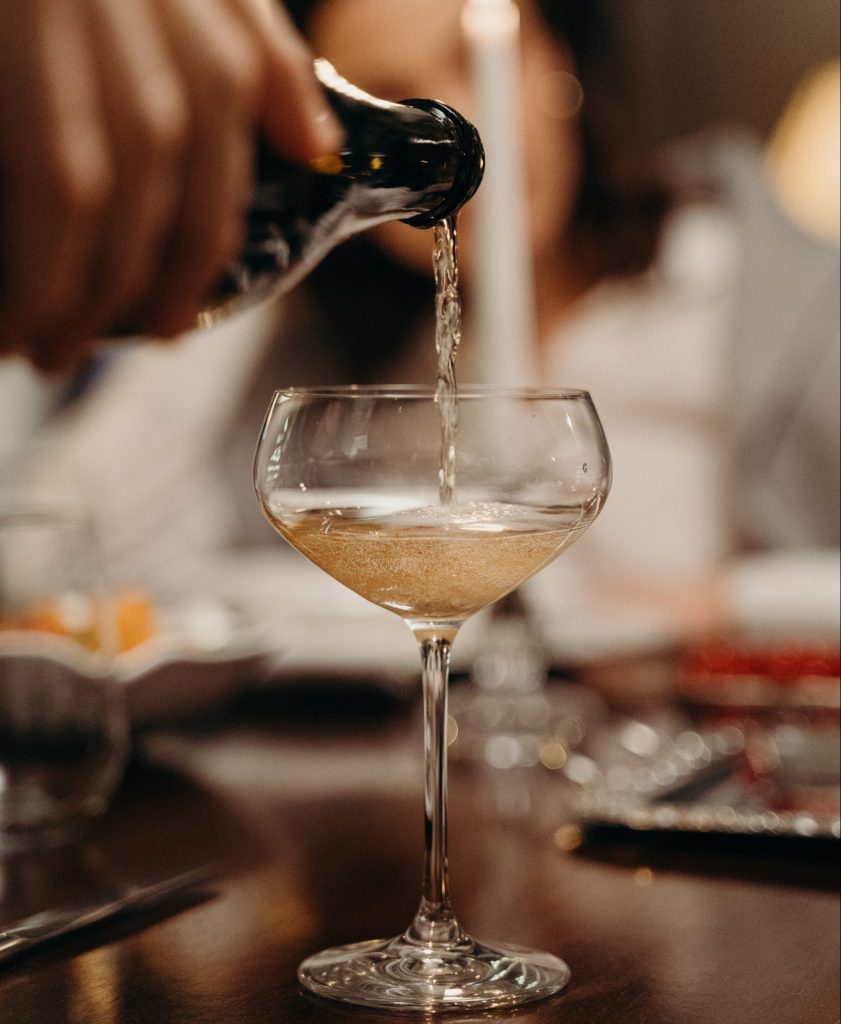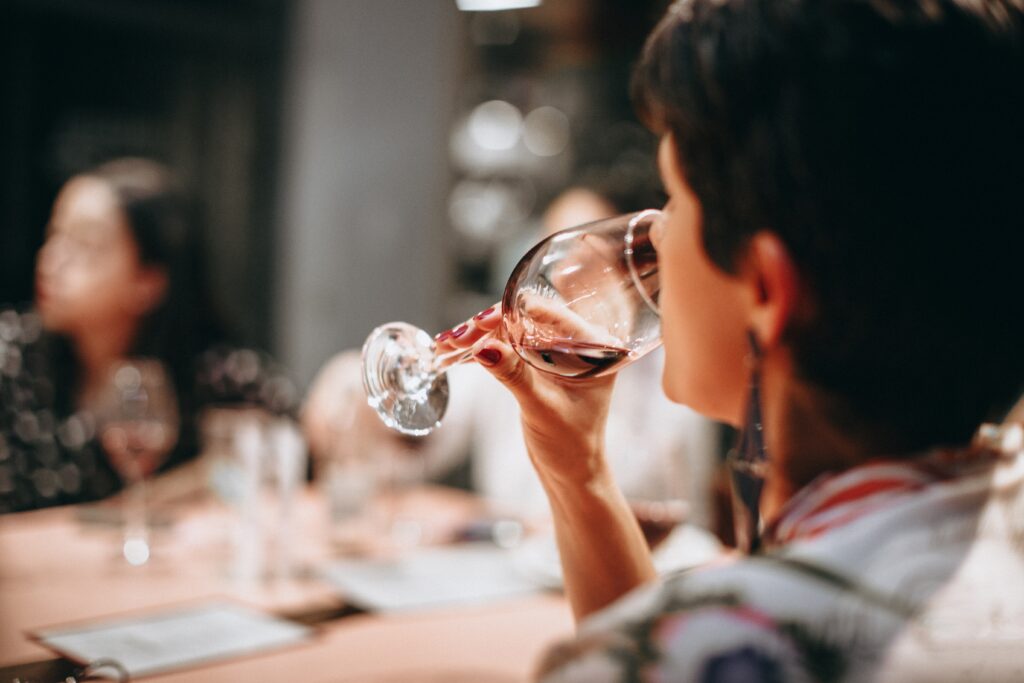
Choosing the right wine when dining out is often a complicated task. Whether you're looking for a wine to go with your food, a red or white wine, a bottle or a glass, here's our advice for a successful dinner with the right wines.
A good sommelier will listen to your wishes and know his wines inside out, so he's the first person you should ask. Unfortunately, very few restaurants have sommeliers, so you'll have to learn your way around or get help from a digital wine list.
It's sometimes possible to ask to taste the wine, so don't hesitate. If not, it's possible to taste a few wines by the glass and then take the bottle if a wine suits you.
Don't hesitate to ask for an ice bucket to cool your white wine to around 10°-12° and your red to 17-18°. Once served, a wine warms up very quickly… You can also ask to decant it, as this can awaken its aromas.
Choose your dish and find a wine to go with it. Or, on the contrary, find a wine that tempts you and see which dish will be the best match.
When you don't know any of the wines on the menu, it's common to choose a region and pick the 2nd cheapest wine. This is often a mistake, so ask for advice or use the digital wine list if possible.
An expensive wine is necessarily a good wine. Not necessarily, the price of a wine is defined by many things, what counts is what you like to drink and what you're going to eat it with.
It's true that some vintages are better than others. But that's not an absolute rule for all vineyards and all wines. Bear in mind, however, that often a warmer vintage will produce more alcoholic or sweet wines, while a colder vintage will produce fresher, sometimes green wines. The winemaker will often be able to adapt to the vintage to make a successful wine.
If none of the wines on the wine list appeal to you, rather than focusing on a well-known region or grape variety, try an appellation you've never tasted before, or a grape variety whose name you're hearing for the first time. New World wines are often great discoveries at interesting prices. Choosing a wine in a restaurant is, as with food, a good time to make new discoveries.
If the waiter's or sommelier's advice doesn't suit you, you have the right to choose another wine. You can help yourself to a digital wine list, as a virtual sommelier will never take offense if you don't listen.

It's customary in restaurants to choose a white wine as a starter and a red wine for the main course, but this is far from the only option. Here are a few suggestions:
To accompany starters, prefer dry, lively whites such as Pinot Gris or Sauvignon Blanc, which will go well with salads and other seafood. With charcuterie as a starter, don't hesitate to go straight for the red: light wines like Bourgogne or Beaujolais will be perfect. If you're serving red meat like carpaccio, opt for a full-bodied red wine made from Merlot grapes, like many Bordeaux right bank appellations. There are also zesty, fruity red wines that go well with seafood, such as Syrah or Beaujolais.
For main courses, which are often fattier and accompanied by sauces, you can choose a powerful red, such as a Saint-Émilion. However, if you prefer fish or if your dish is more delicate, try a more robust white wine, such as a Chardonnay from Burgundy. A Chablis would also be perfect with fish!
Asian cuisine is often spicy, even piquant, and sometimes sweet and sour, which can be perfectly matched with off-dry wines such as Gewürztraminer or a fresh, fruity rosé from Provence. As foie gras is often a difficult choice, you can enjoy it with a sweet white wine, such as Sauternes, but it's also a good match with a livelier wine.

Sparkling wines such as champagnes, crémants and cavas are generally the best way to start an evening in a restaurant, but they are also renowned for their versatility when it comes to pairing food and wine. The effervescence and freshness of this wine will accompany you from appetizer to dessert!
Wine is often forgotten when it comes to aperitifs or the end of a meal. Where a sweet aperitif might put your palate to sleep, a light, fruity wine can open up your taste buds for the rest of the meal. There's also nothing more pleasant than a sweet wine to accompany the end of your meal. If you choose a fruit-based dessert, opt for a sweet or syrupy white. A tarte Tatin will go perfectly with a Coteaux du Layon. For red fruit desserts, a rosé sparkling wine is a perfect match, as well as being very easy to digest. With a chocolate dessert, try natural sweet wines such as Rivesaltes or Porto. Or try a more original pairing with our digital wine list.
Wines can be categorized for easier tasting.
Here are the main wine styles with common pairings to remember:
The more intense the cooking, the greater the intensity of the dish, which may lead you to choose a more powerful wine. On the contrary, low-temperature cooking will be less powerful but more aromatic, so a light, aromatic white wine may be a good match.
The sauce is also important, as it modifies the texture of the dish and gives it a more intense flavour.
Food and wine pairings aren't the only way to choose your wine. Here are some other ways to select your bottle at the restaurant:
The 75cl bottle isn't always the only option. If the restaurant allows it, it's often possible to choose wines by the glass. This allows you to taste several wines during the meal, or even a wine to match each course. This is not a bad option if, for example, you're the only one drinking wine at the table. Note, however, that wine by the glass is often more expensive than the price of the bottle for the same quantity. Don't forget to look at the wines offered by the jug, but bear in mind that these are often of lesser quality, even if there may be some pleasant surprises in store.

Learn to taste your wine and take your time. A good tasting will help you remember the wines you like and help you choose your next wines at the restaurant. There are several steps to a good wine tasting:
A visual analysis of the wine: observe its color (robe), tears and disk.
Olfactory analysis: first smell the wine, then swirl it around in your mouth.
Some French appellations and pairings to remember:
dry whites - Muscadet, Anjou, Chablis, Sancerre, Pouilly Fumé, generic Burgundy, etc. - for raw or cooked fish without sauce, and seafood;
fuller whites - Meursault, Puligny, Chassagne, southern whites including varietal wines, Viognier, Condrieu, Châteauneuf-du-Pape Blanc, Languedoc whites, etc. - for fish in sauce, goat's cheese starters, possibly poultry, and all dishes with milk-based sauces (crème fraîche or cheese);
fruity, fine, supple reds - Saint-Nicolas de Bourgueil, Saumur Champigny, Sancerre, Beaujolais, red Burgundies (with the exception of the more robust Pommards), Alsatian reds, etc. - with poultry and other meats. - with poultry and other white meats, and more generally with dishes characterized by elegant, refined aromas;
more structured reds - Bordeaux, Rhône, Pommard, Languedoc, Provence, etc. - with red meats, game and dishes in sauce, couscous, or pasta in a spicy sauce;
for cheeses, some particularly powerful Camemberts or Gorgonzolas call for equally full-bodied reds; full-bodied whites are best.
Pendant 1 mois sans engagement